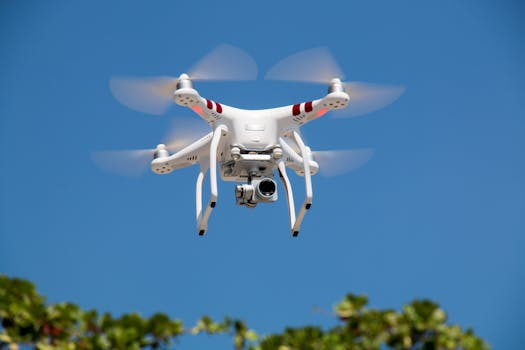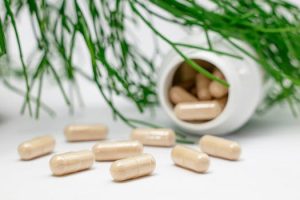The Role of IoT in Food Safety and Quality Control
The food industry is constantly evolving, with new technologies and methods being introduced to ensure that the food we consume is safe and of high quality. One of the latest and most influential technologies in this regard is the Internet of Things (IoT). IoT refers to the network of physical devices, vehicles, home appliances, and other items embedded with electronics, software, sensors, and connectivity that enable these objects to collect and exchange data. In this article, we will delve into the role of IoT in ensuring food safety and quality control and how it is revolutionizing the way we produce, distribute, and consume our food.
The Need for Food Safety and Quality Control
Food safety and quality control are crucial aspects of the food industry. Every year, millions of people fall ill and face serious health consequences due to foodborne illnesses. The World Health Organization reports that an estimated 600 million people fall ill after consuming contaminated food, with 420,000 of them losing their lives annually. These statistics highlight the pressing need for measures to control and monitor the safety and quality of our food.
The primary cause of foodborne illnesses is contamination, either from pathogens or chemicals. Contamination can occur at various stages of the food supply chain, from production to consumption. It is essential to identify and address the source of contamination to prevent its spread and ensure that all food products meet safety and quality standards.
The Role of IoT in Food Safety and Quality Control
IoT has immense potential to tackle the challenges faced by the food industry in ensuring food safety and quality control. By leveraging IoT technology, food producers, manufacturers, retailers, and consumers can track and monitor various parameters that impact the safety and quality of food products in real-time. IoT systems use sensors and data connectivity to collect and transmit data, which is then analyzed to provide insights and enable proactive decision-making.
Real-Time Monitoring and Control
Real-time monitoring is a crucial aspect of ensuring food safety and quality control. IoT systems fitted with sensors can constantly monitor various parameters such as temperature, humidity, pH levels, and storage conditions. This information can be transmitted in real-time to a central control system, where it can be analyzed to ensure that the food products are within acceptable ranges. Any deviations can trigger alerts, enabling timely intervention to prevent contamination and maintain food safety.
In the past, manual monitoring processes were time-consuming and prone to errors, making it difficult to detect contamination or quality issues. However, with IoT, monitoring can be done 24/7, providing accurate and up-to-date information on the food products’ condition. This real-time monitoring and control can significantly reduce the risk of foodborne illnesses and ensure that the food products are safe for consumption.
Supply Chain Traceability
The food supply chain is complex, with multiple stakeholders involved in the production, processing, and distribution of food products. These products move across borders and different countries, making it difficult to track their origins. However, with IoT, each food product can be assigned a unique identification code. This code can be used to track the product’s journey throughout the supply chain, from the farm to the table. A central database accessible to authorized stakeholders can store this information, ensuring traceability and accountability at each stage.
With IoT, the origins of any food product can be identified, and any quality or safety issues can be traced back to its source. This level of traceability can help identify the causes of contamination or quality deterioration, enabling quick corrective actions and preventing similar incidents in the future.
Data Analytics and Predictive Maintenance
IoT generates vast amounts of data, which can be used to uncover patterns and trends that were previously impossible to identify. This data can be analyzed using advanced data analytics techniques to provide valuable insights into the food production and distribution process. For instance, predictive maintenance can help reduce the risk of food contamination by identifying potential issues before they occur. By analyzing sensor data, IoT systems can predict when equipment may fail or when a particular food product may be at risk of contamination, enabling timely maintenance or intervention to prevent any quality or safety issues.
The Future of Food Safety and Quality Control with IoT
The integration of IoT in the food industry is in its early stages, but its potential impact on food safety and quality control is significant. With the increasing adoption of IoT, we can expect to see improved food safety, higher quality standards, and better traceability across the food supply chain. IoT has the potential to minimize food waste, reduce the incidence of foodborne illnesses, and provide consumers with the assurance that the food they consume is safe and of high quality.
In conclusion, IoT is a game-changer in the food industry, transforming the way we approach food safety and quality control. With real-time monitoring and control, supply chain traceability, and data analytics, IoT is revolutionizing the food industry, making it safer and more efficient. As technology continues to advance, we can expect to see more innovative applications of IoT in the food industry, ultimately ensuring that we consume food that is safe and of the highest quality.










